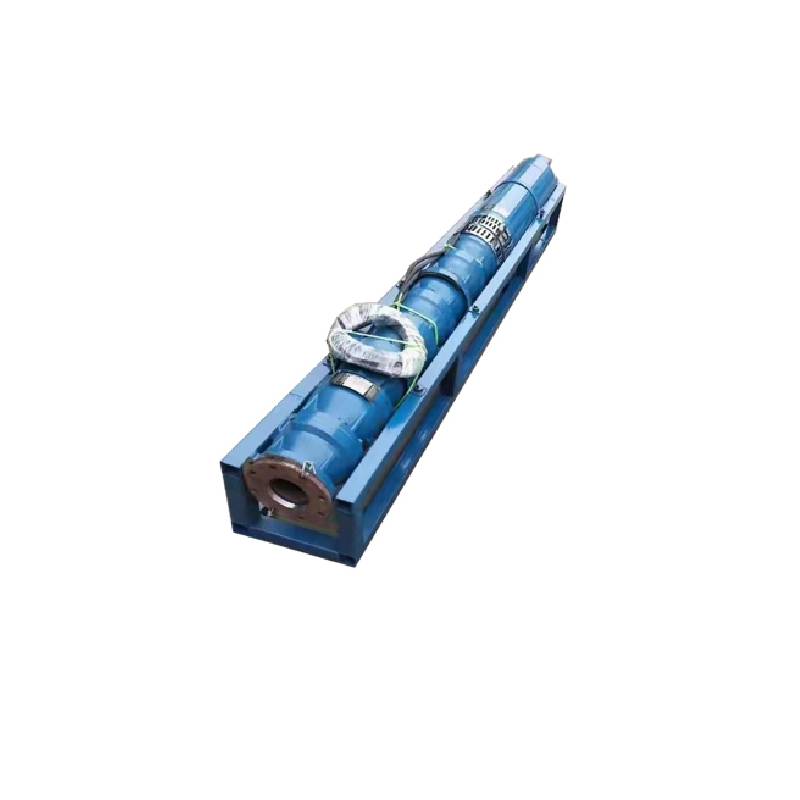Sep . 15, 2024 05:00 Back to list
submersible pump cord
Understanding Submersible Pump Cords Essential Insights
Submersible pumps are crucial devices used in various applications, from residential water supply to industrial processes. One of the most significant components of these pumps is the cord. The submersible pump cord is not merely a means of power supply; it plays a pivotal role in the pump’s overall performance and safety.
The design of submersible pump cords is specifically tailored to endure harsh underwater environments. These cords are typically constructed with durable, water-resistant materials that can withstand exposure to moisture, chemicals, and extremes of temperature. For instance, many submersible pump cords are made from PVC or rubber insulation, which protects the wires inside from corrosion and damage. This quality is crucial, as a compromised cord can lead to pump failure, safety hazards, or even electrical shock.
When selecting a submersible pump cord, it is important to consider its voltage and ampacity. The cord needs to match the specifications of the pump to ensure optimal performance. Most submersible pumps operate on either 115V or 230V, and the cord’s gauge must be appropriate to handle the electrical load without overheating. A cord with too small a gauge can lead to unnecessary resistance, which not only reduces efficiency but can also pose serious safety risks.
submersible pump cord

Furthermore, the length of the cord is a significant factor to keep in mind. A longer cord may appear convenient, but it can introduce voltage drop, affecting the pump’s efficiency. Thus, it is advisable to keep the cord as short as possible while still meeting operational needs. Manufacturers often provide guidelines for cord length relative to voltage and amperage to help users make the best choice.
Additionally, proper installation of the cord is crucial for the submersible pump's longevity. The cord should be securely attached to the pump and taken care of to avoid pinching or kinking, which can cause early wear or failure. It is recommended to regularly inspect the cord for signs of wear, fraying, or damage, especially in long-term installations.
In summary, while the submersible pump cord may seem like a simple component, its design, material, and installation play a vital role in the overall functionality and safety of the pump. By understanding these elements, users can ensure a reliable water supply, whether for residential, agricultural, or industrial needs. Choosing the right cord and maintaining it properly ensures that your submersible pump operates efficiently for years to come.
-
Submersible Well Pumps Buying Guide
NewsMay.14,2025
-
Submersible Sump, Dirty Water, Borehole Pumps Demystified
NewsMay.14,2025
-
Stainless Steel Submersible Pumps Superior Performance
NewsMay.14,2025
-
High Flow Submersible Well Pumps Essential Features
NewsMay.14,2025
-
Choosing the Best Stainless Well Pump
NewsMay.14,2025
-
A Comparison of Submersible Pumps Filled with Water and Oil
NewsMay.14,2025
-
 Submersible Well Pumps Buying GuideReliable access to clean water is fundamental for residential, agricultural, and commercial operations, making the selection of an appropriate well pump system one of the most important infrastructure decisions.Detail
Submersible Well Pumps Buying GuideReliable access to clean water is fundamental for residential, agricultural, and commercial operations, making the selection of an appropriate well pump system one of the most important infrastructure decisions.Detail -
 Submersible Sump, Dirty Water, Borehole Pumps DemystifiedThe world of water management has undergone a technological revolution, with advanced pumping systems now offering unprecedented efficiency and reliability across diverse applications.Detail
Submersible Sump, Dirty Water, Borehole Pumps DemystifiedThe world of water management has undergone a technological revolution, with advanced pumping systems now offering unprecedented efficiency and reliability across diverse applications.Detail -
 Stainless Steel Submersible Pumps Superior PerformanceModern water extraction and fluid handling systems demand equipment capable of withstanding harsh environments while maintaining peak efficiency.Detail
Stainless Steel Submersible Pumps Superior PerformanceModern water extraction and fluid handling systems demand equipment capable of withstanding harsh environments while maintaining peak efficiency.Detail
